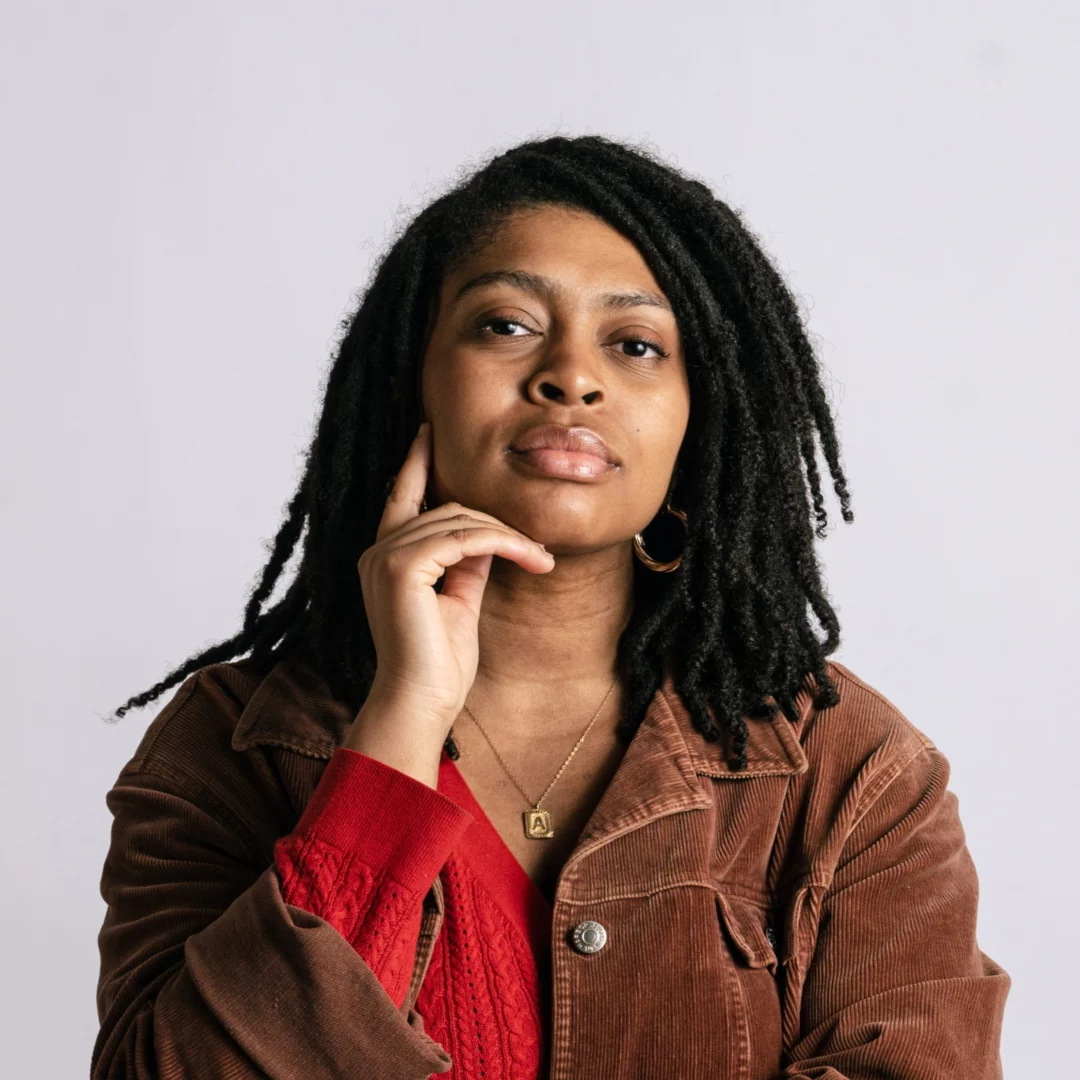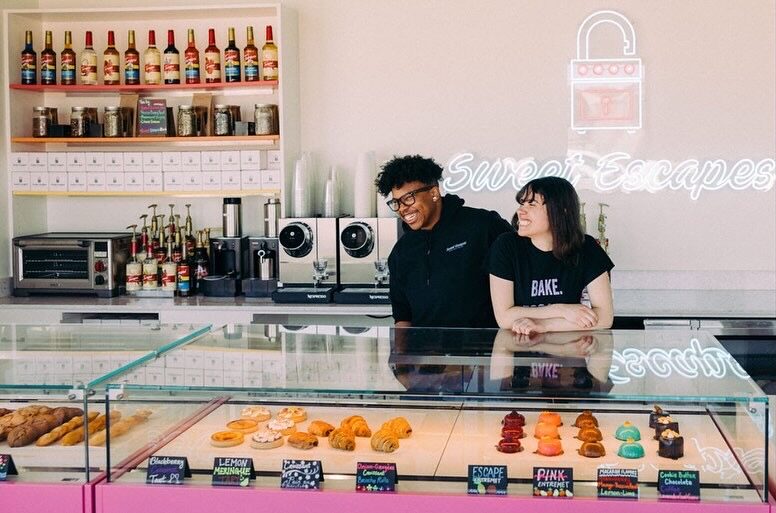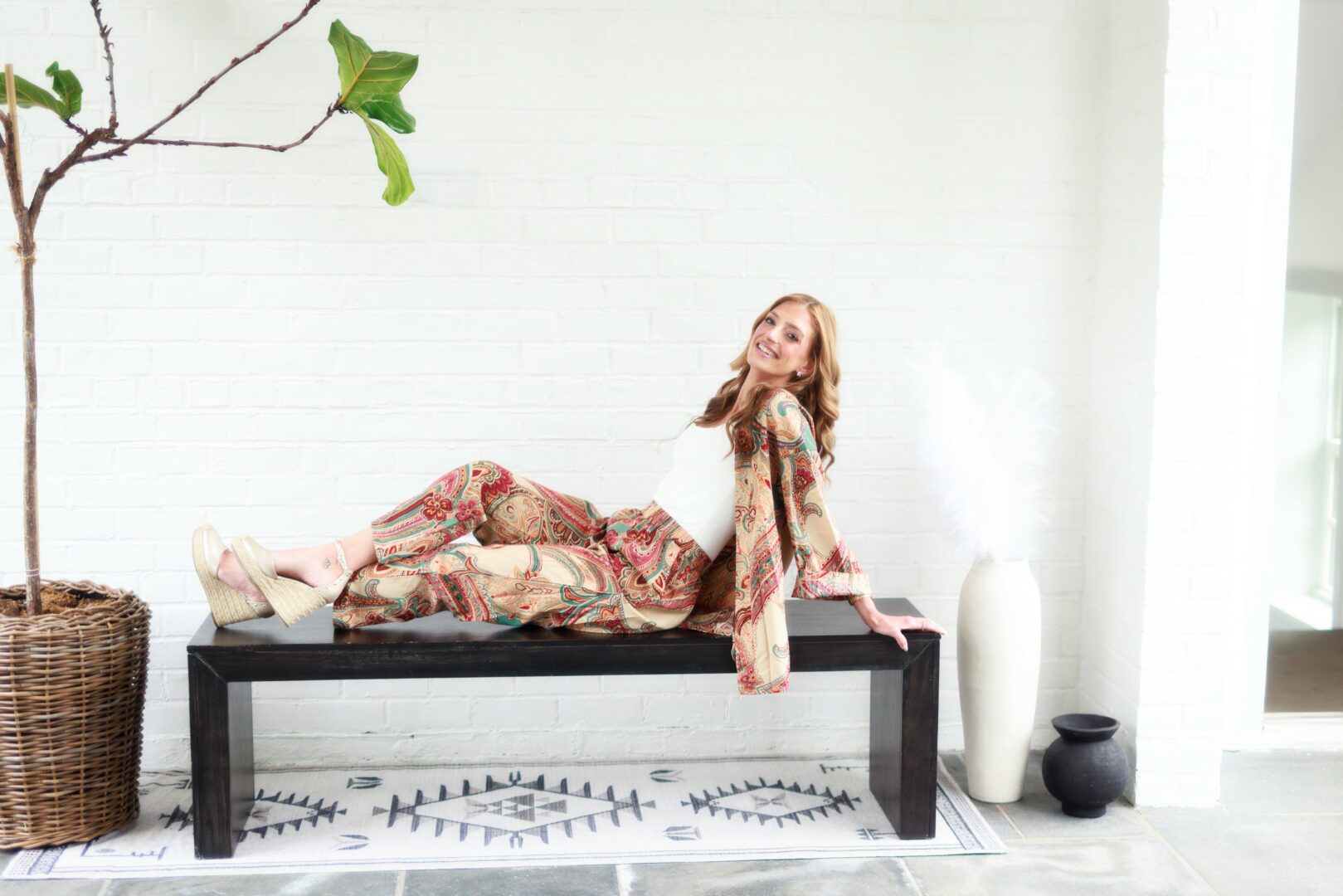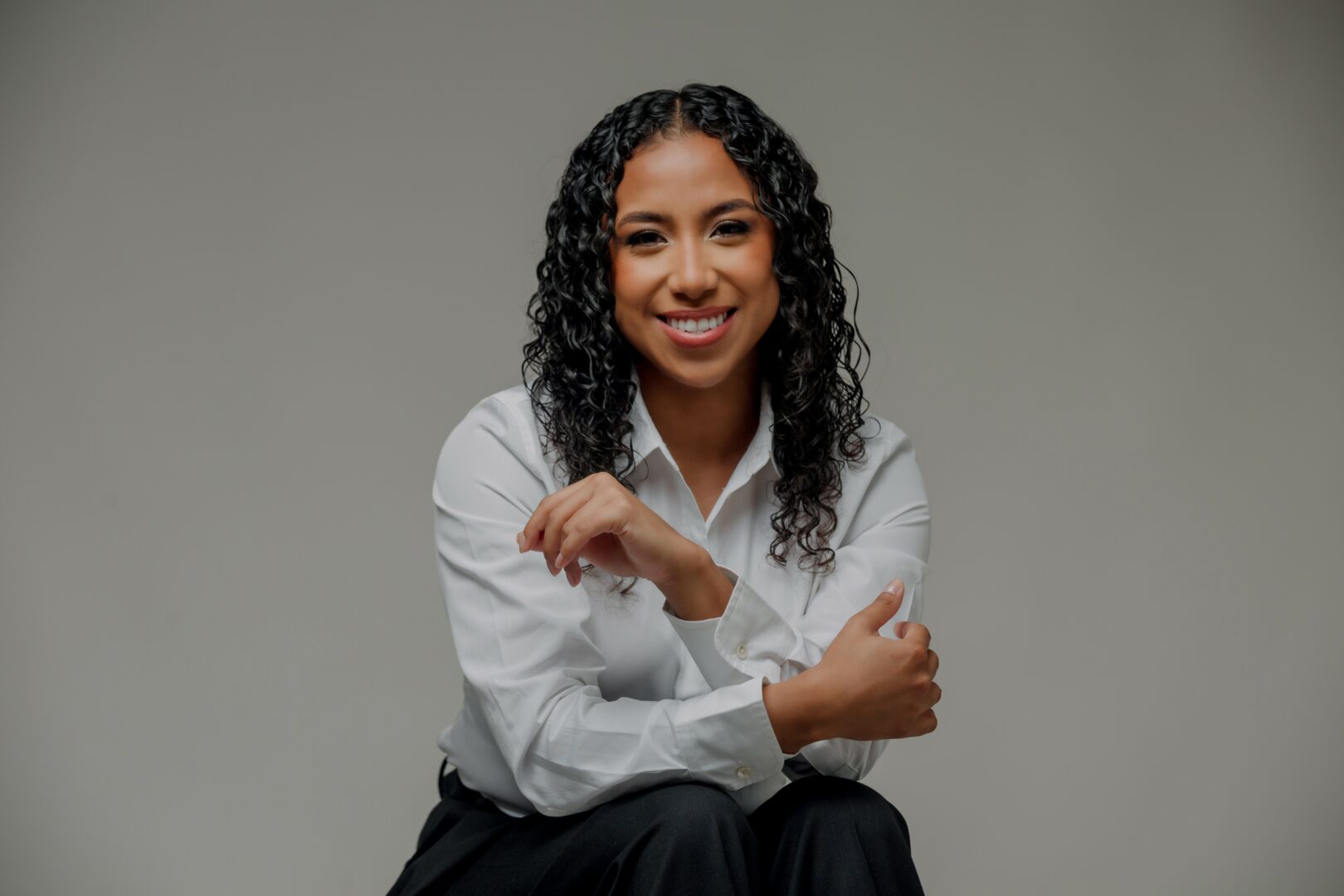We caught up with the brilliant and insightful Autumn Spears a few weeks ago and have shared our conversation below.
Autumn, so great to have you with us and thanks for taking the time to share your thoughts with the community. So, let’s jump into something that stops so many people from going after their dreams – haters, nay-sayers, etc. We’d love to hear about how you dealt with that and persisted on your path.
I know who I am, and I’ve accepted that I have to live a life that’s true to me, my passions and talents. It’s not easy walking in that truth everyday, being an artist in a world that’s constantly telling you to find “a real job”. But I know that I’m not supposed to live what some might consider a “normal life”. I’ve tried it and I was miserable giving all my time and energy to a my “nine to five”! And despite family and colleagues saying that I was making the wrong decision, I had to make a major career shift. I couldn’t build my life on the advice or sentiments of people who’ve never done what I want to do. But I’m still finding my own path even though it’s scary, unknown and uncertain; it’s mine.
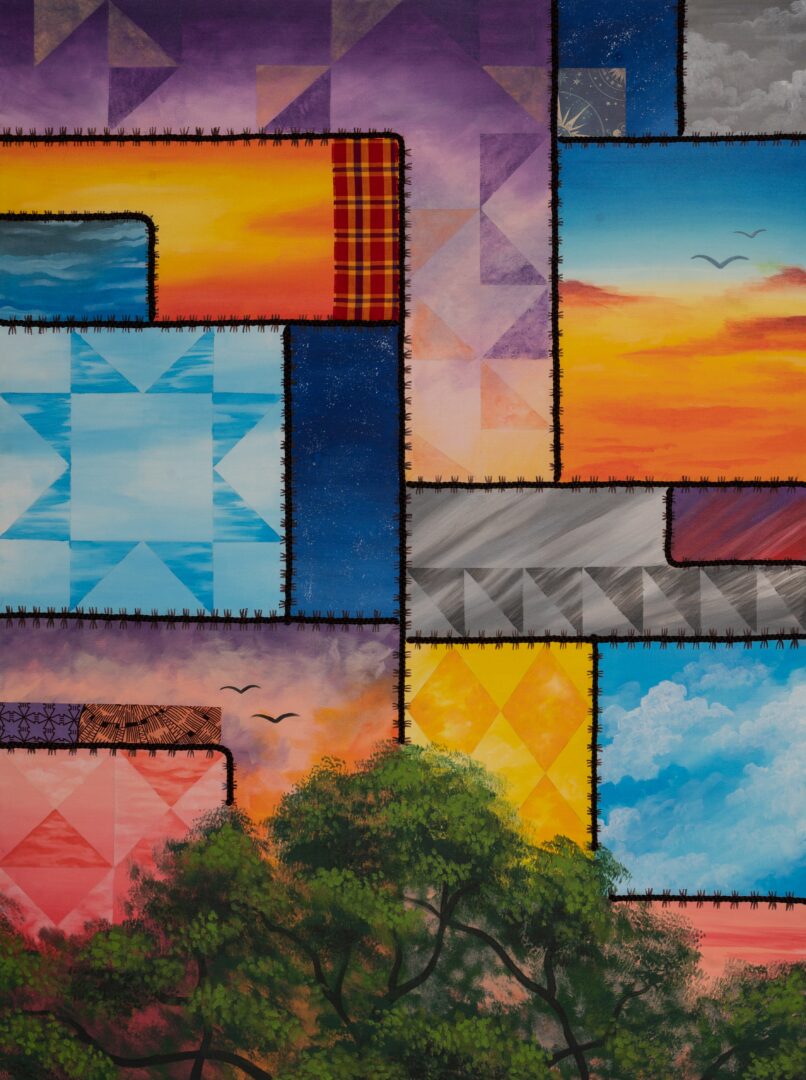
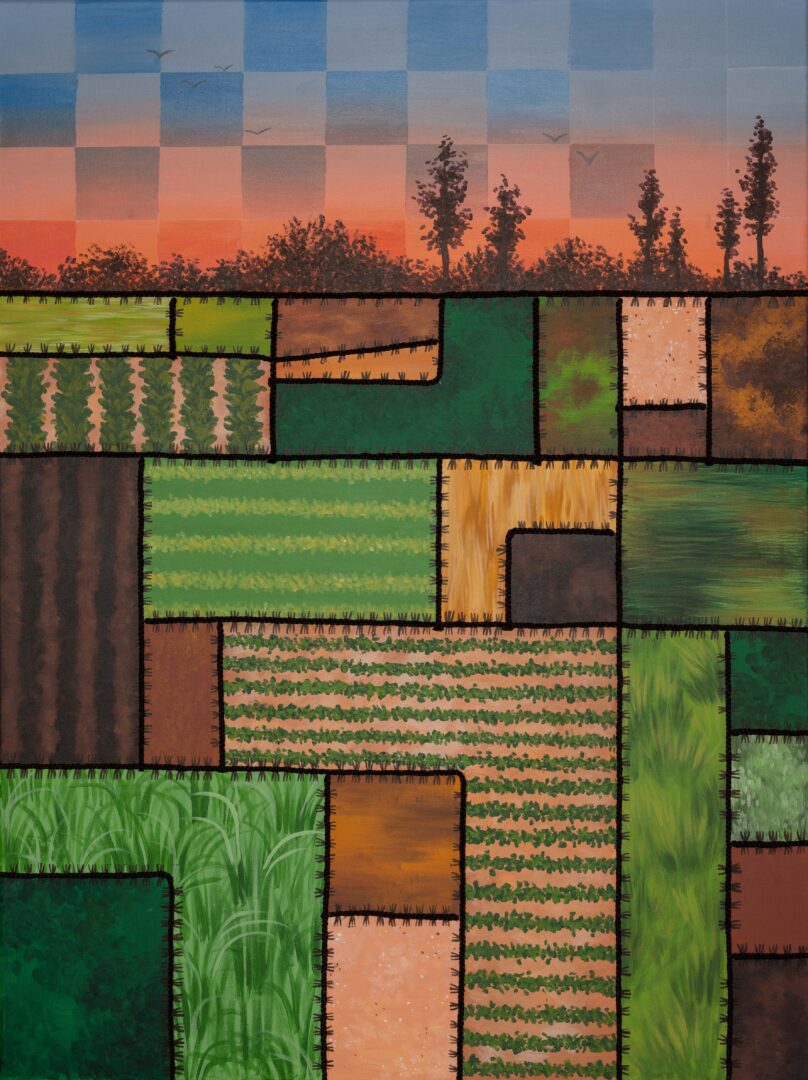
Thanks, so before we move on maybe you can share a bit more about yourself?
Being an artist is one of the clearest ways I identify myself—it’s a marker that has always been true for me, growing, shifting, and expanding throughout my life. Over the past year, I’ve been deeply focused on developing my art career, a path I was able to commit to after making the big decision to step away from classroom teaching in 2024. Living a nontraditional life hasn’t been easy, but it has opened doors I never imagined and allowed me to create some of my best work to date—an invaluable experience.
One of the biggest milestones of this period was moving into my first studio in March 2025. That dedicated space transformed my practice, giving me the time and focus to develop my concepts more fully and serving as a “third space” where I can invite in community. With this shift, I’ve also been able to connect more deeply with other artists and organizations across DC, which has been instrumental in my growth.
No matter what job title I hold, I know my impact will always be made through art. While I remain passionate about working with youth, that passion now lives in a new form through my work with a local nonprofit that has championed arts education for over 20 years. Community engagement through art is something I deeply care about, and I’m continuing to explore how that will shape my career.
Looking ahead, I’m excited to share upcoming exhibitions that reflect different parts of my practice, all rooted in storytelling, community, and cultural memory. This fall, my work will be featured in Collaborate at Gallery Y (October 17, 2025–January 23, 2026), the Umbrella Art Fair (November 20–23, 2025), and in a duo show titled Braids and Threads at Washington Project for the Arts (December 2025–March 2026).
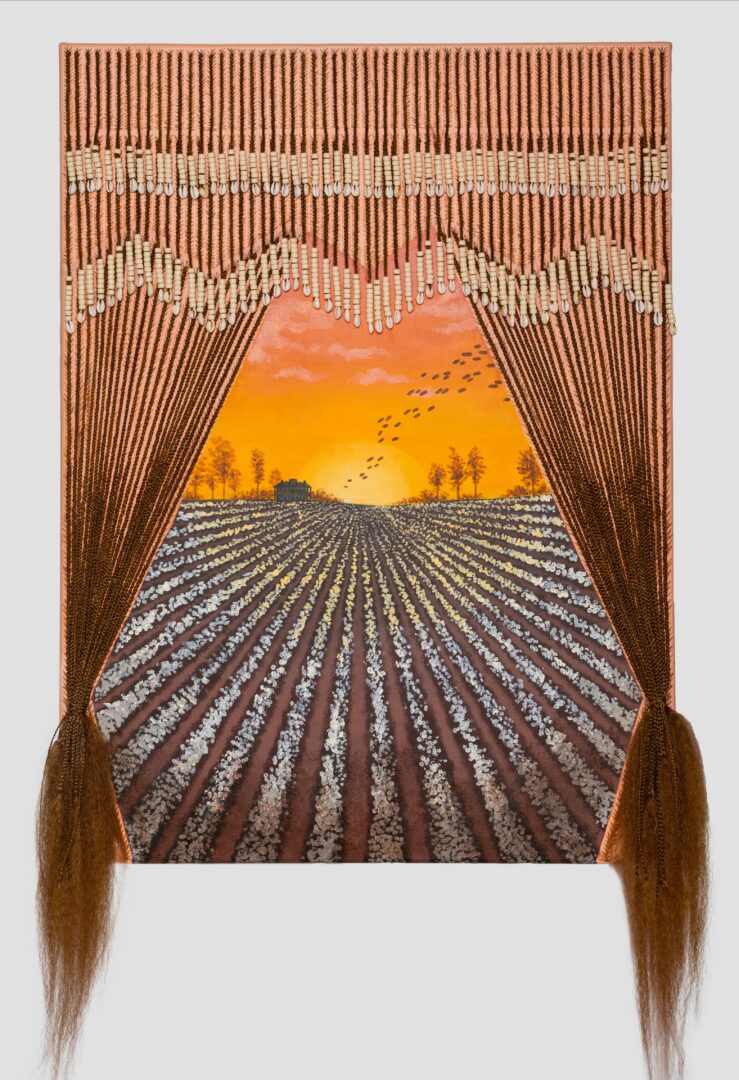
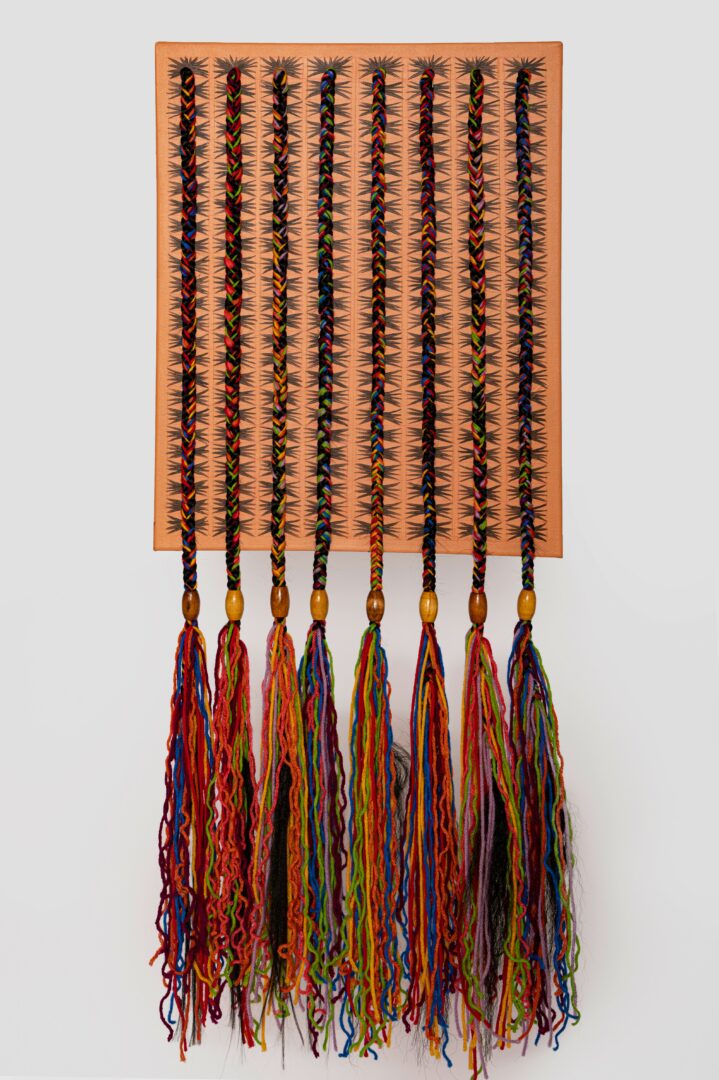
Looking back, what do you think were the three qualities, skills, or areas of knowledge that were most impactful in your journey? What advice do you have for folks who are early in their journey in terms of how they can best develop or improve on these?
Looking back, I think the three qualities that have been most impactful in my journey are finding community, learning to invest in myself, and staying open to inspiration. I can honestly say that I wouldn’t be who I am or where I am today without the people around me. I feel so blessed to be from DC and part of its vibrant art community—it’s big and small at the same time. Big enough that I’m always meeting new people, but small enough that I run into the same folks over and over, building deeper connections. For me, that happened through going to art events—museum programs, gallery openings, artist talks, critiques—and also through applying for opportunities like shows, grants, and volunteer experiences. All of it was about putting myself and my work out there, but even more importantly, it was about being in community with other artists and professionals.
Another big piece of my growth has been learning to invest in myself and my practice. When I left teaching, it created a lot of financial uncertainty, and honestly, I felt guilty whenever I spent money on things that didn’t feel directly tied to survival. But being around other artists—some who’ve been doing this much longer than me—showed me that part of being a professional artist means treating yourself like one. So I took steps that felt scary at first, like getting professional headshots, building a portfolio site, and renting a studio. At the time, those expenses felt huge, but now, a year later, I can see how much they’ve opened doors for me. They’ve helped me show up in the world as the artist I already knew I was inside.
And finally, staying open to different artists and different types of art has been essential. I’ve had to accept that no concept is ever truly new, especially in the 21st century. But instead of being discouraged by that, I’ve found inspiration in looking back at artists who came before me and learning from their practices. Sometimes I even discovered that ideas I thought were original had already been explored, and that pushed me to ask: what can I add to this conversation that only I can bring? That’s made my work stronger and more personal. I feed that curiosity by visiting museums, going to artist talks, reading art books from the library and building my own collection, and following artists online to see what they’re working on.
So if I had advice for anyone just starting out, it would be this: seek out your people, and don’t be afraid to put yourself in the room. Invest in yourself, even if it feels risky, because it will pay off in ways you might not expect. And always stay curious—look at what’s come before you, so you can find the path that’s uniquely yours.
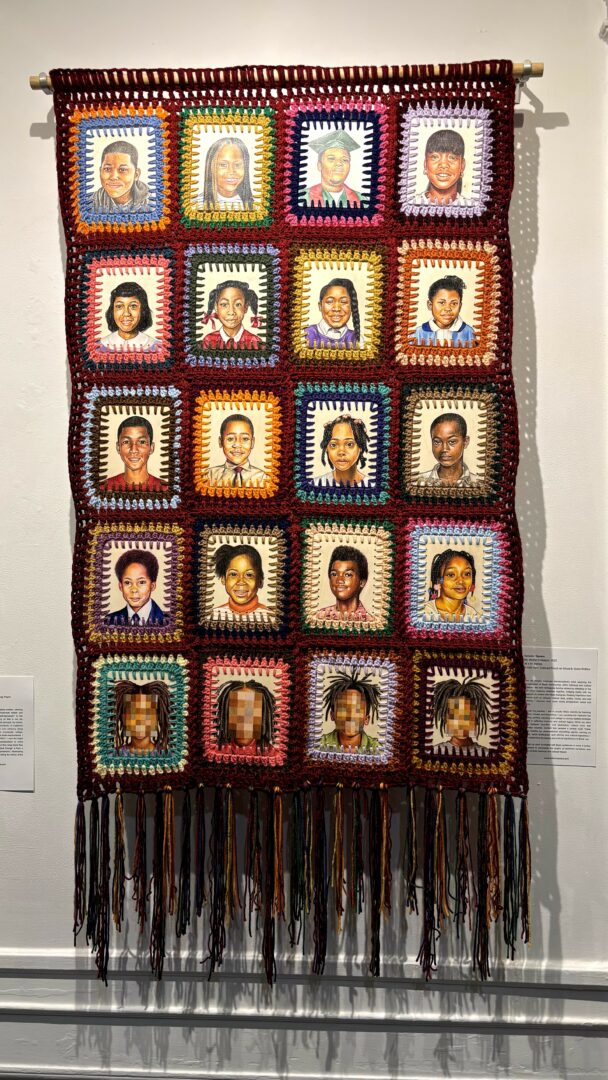
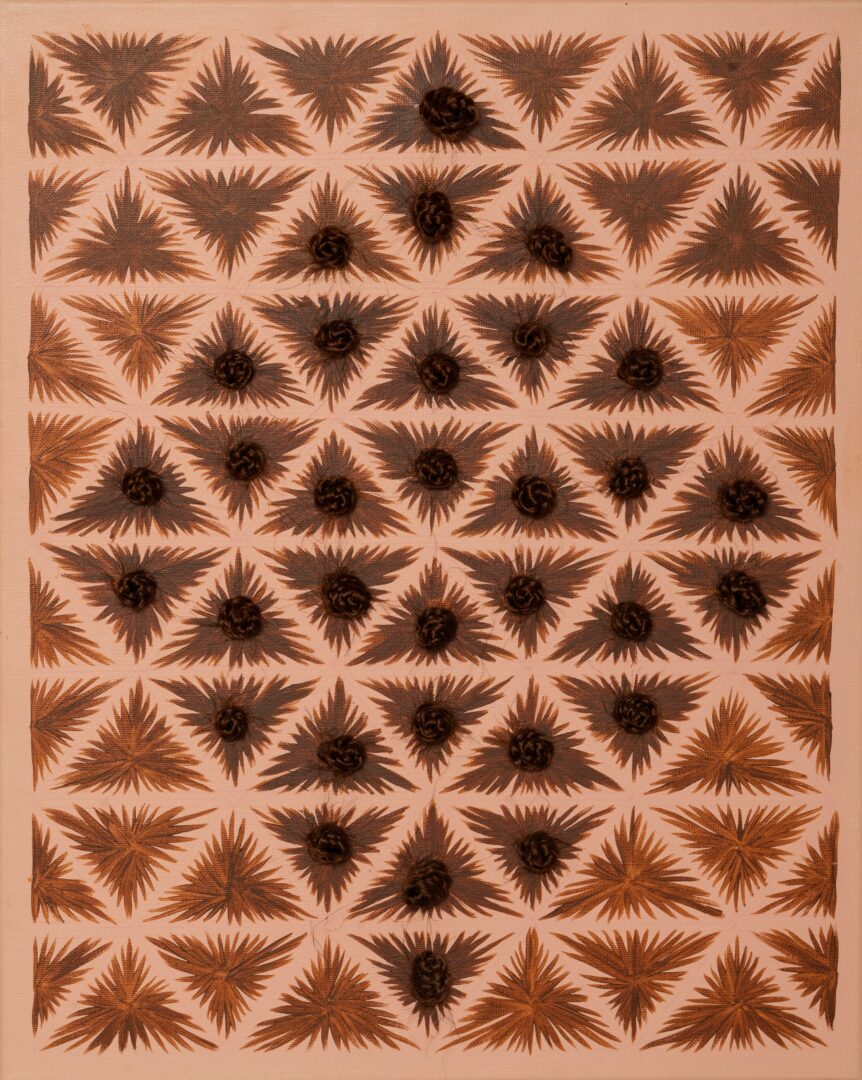
We’ve all got limited resources, time, energy, focus etc – so if you had to choose between going all in on your strengths or working on areas where you aren’t as strong, what would you choose?
I don’t really see this as an either/or type of question, because to grow as an artist—or really in anything—you have to invest time and practice. That’s what turns a natural gift or talent into a real strength. I like to think of it as watering a seed: the potential might be there, but it still needs care and attention to grow.
That said, I do think it’s important to nurture the areas where you’re already strong. If you try to “master” everything, you risk spreading yourself too thin and not going deep enough to truly master anything. At the same time, I don’t think artists should pigeonhole themselves either. It really depends on your goals and what makes sense for your practice.
In my own journey, I’ve found a balance. I identify as a mixed-media artist, and that allows me to move fluidly between different materials and approaches. I paint, I draw (I actually just started teaching myself how to draw on wood), I crochet, and I braid. I don’t know everything about each medium, but I’ve devoted years to learning enough to work confidently across them. For me, the freedom to move around between mediums is part of what makes my practice feel alive and personal.
So in short, I see it as a “yes and” question rather than “one or the other.” Strengths should definitely be nurtured, but there should also be space to explore, experiment, and grow in new directions when it feels right. That’s what keeps the work fresh and true to who you are as an artist.
Contact Info:
- Website: https://www.autumnspears.com
- Instagram: @autumnspears.art
- Facebook: Autumn Spears
- Linkedin: Autumn Spears

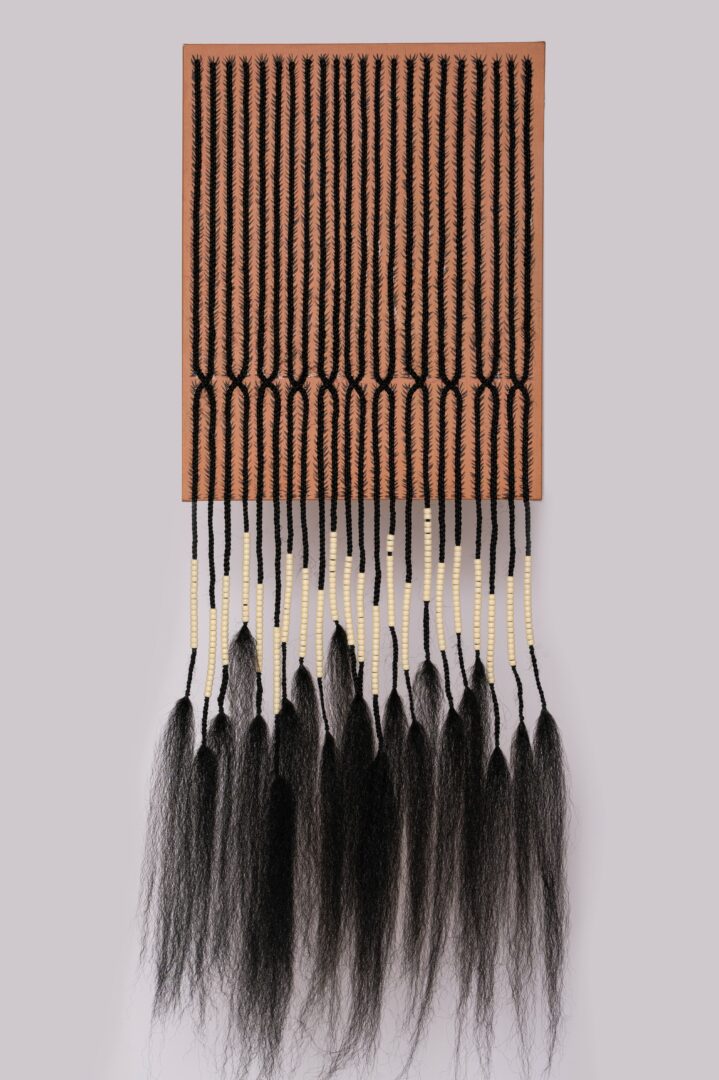
Image Credits
Bria Edwards
so if you or someone you know deserves recognition please let us know here.

